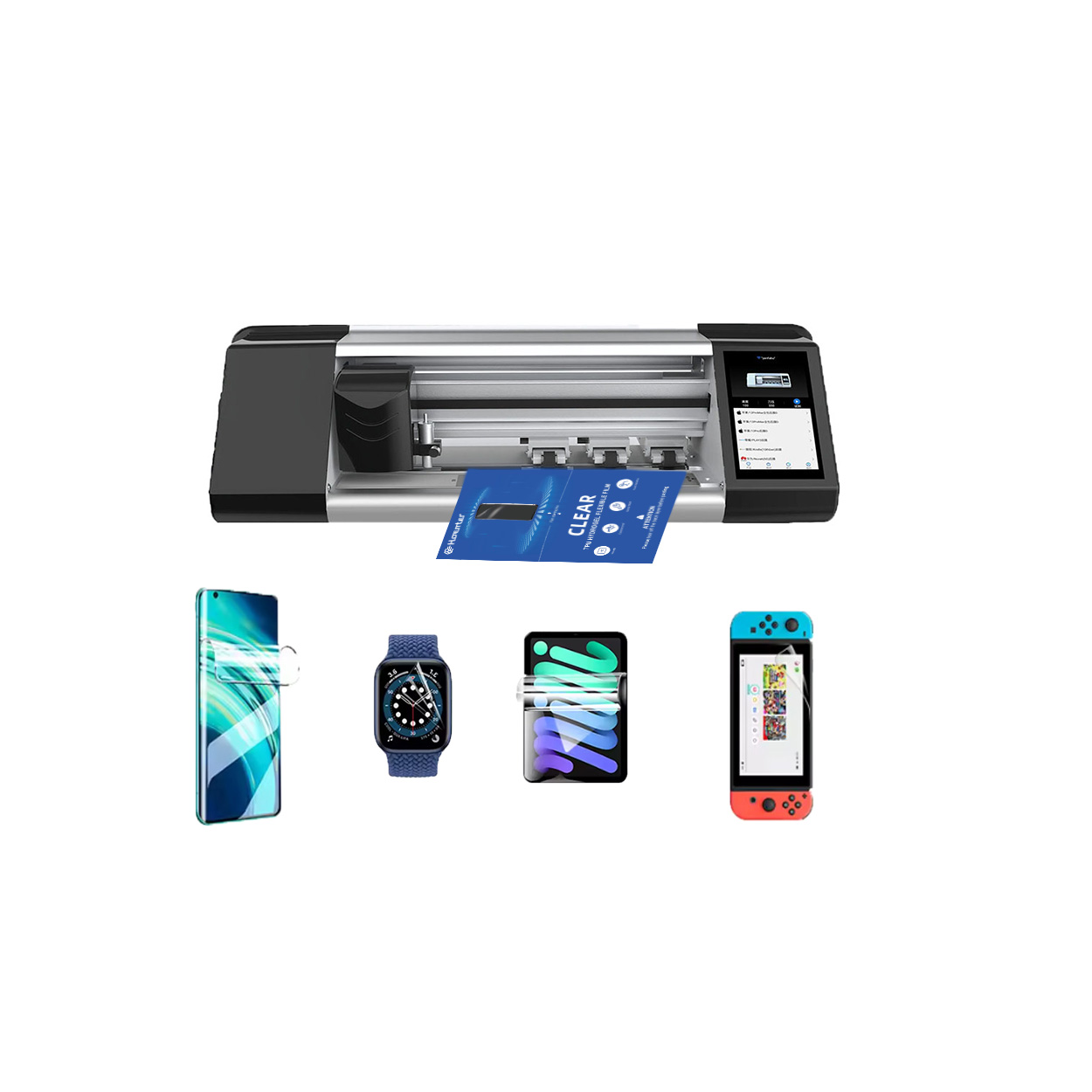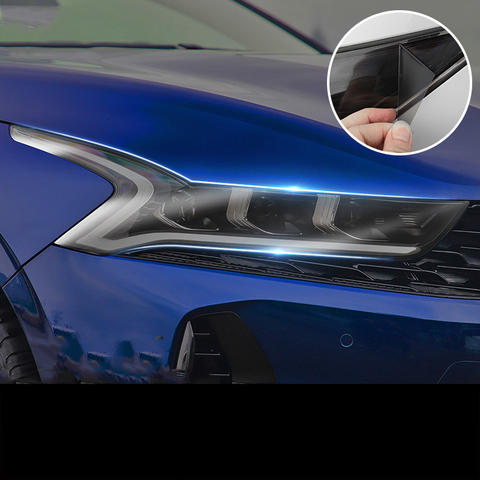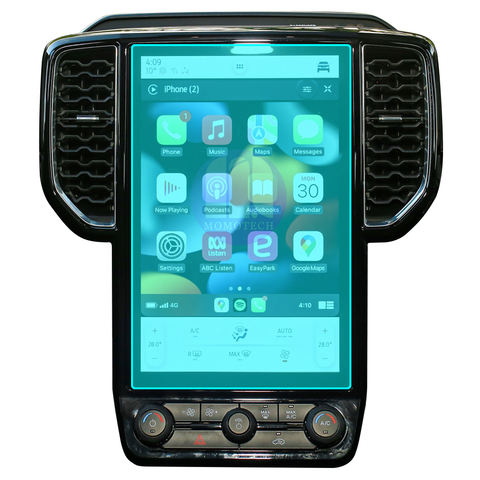
The impact of smart screen protector cutters on reducing waste and improving accuracy
Table of Contents
Extract
Summary
This technology is significant as it addresses the growing concern over electronic waste and the environmental impact of traditional manufacturing processes, which often contribute to excessive plastic pollution and resource depletion.
Smart cutters utilize precision techniques like laser cutting and CNC machining, ensuring an exact fit for devices and significantly minimizing material waste compared to conventional methods. The adoption of smart screen protector cutters not only enhances the production quality of screen protectors but also supports manufacturers in meeting consumer demands for customization and sustainability. By localizing production and reducing transportation costs, these cutters foster efficient supply chains, further amplifying their economic benefits. Notably, companies such as Nimble have begun implementing eco-friendly practices, such as using recycled materials and eliminating single-use plastics in packaging, aligning their operations with environmental sustainability goals. Despite the advantages, the implementation of this technology is not without challenges. Technological constraints, user engagement issues, and the necessity for comprehensive training programs are crucial factors that can hinder the effectiveness of smart screen protector cutters. Moreover, companies must conduct thorough cost-benefit analyses to ensure alignment with their strategic goals while maximizing the potential returns on investment. Overall, smart screen protector cutters represent a promising advancement in manufacturing that could lead to more sustainable practices in the tech industry, with implications for both environmental stewardship and economic efficiency. The ongoing development of these technologies, coupled with the integration of AI and IoT, suggests a future where production processes are not only more efficient but also environmentally responsible, addressing the pressing challenges posed by electronic waste and resource consumption.
Technology Behind Smart Screen Protector Cutters
Advanced Material Engineering
Smart screen protector cutters utilize advanced material engineering techniques to produce custom cut screen protectors that are optically clear and durable. These protectors are designed to minimize distortion while preserving the screen quality of devices, ensuring a crisp display through reduced haze and improved light transmission.
Materials such as tempered glass or specialized polymer blends are engineered for high scratch resistance and impact durability, protecting devices from everyday hazards like keys or coins.
Precision Cutting Techniques
The precision cutting technology behind smart screen protector cutters involves sophisticated methods like laser cutting and Computer Numerical Control (CNC) machining. CNC technology automates the control of cutting tools through preprogrammed software, allowing for exact shaping of the screen protectors according to device specifications. This ensures a flawless fit, with accurate cutouts for sensors and cameras, thereby reducing material waste significantly.
Innovative Adhesive Solutions
Continuous research and development in adhesive formulations have led to the creation of screen protectors that not only fit perfectly but also enhance device interaction. These adhesives are designed to adhere without bubbles and can be repositioned during installation, further reducing waste by allowing for multiple attempts at alignment.
The integration of innovative adhesive solutions plays a critical role in ensuring optimal screen protection while minimizing the environmental impact associated with production and installation.
Technological Advancements in Features
Smart screen protector technology has evolved to include features such as privacy filters, glare reduction, and antimicrobial coatings that kill bacteria on device surfaces. These advancements not only enhance the user experience but also extend the lifespan of the device, contributing to a reduction in electronic waste over time.
Moreover, some protectors have self-healing properties, which allow minor scratches to disappear, further promoting longevity and reducing the need for replacements.

Environmental Impact
The environmental impact of screen protector manufacturing is significant, particularly in terms of waste generation and resource consumption. Traditional packaging methods for screen protectors often utilize excessive amounts of single-use plastic, with average retail packaging for screen protection containing up to 12 times more single-use plastic than other mobile accessories like chargers and cases
. This contributes to the growing issue of plastic pollution, which poses a severe threat to ecosystems. To combat this challenge, companies are increasingly adopting sustainable practices. For instance, Nimble has introduced its SUSTAIN GLASS™ screen protection, which eliminates single-use plastic components in its packaging and uses recycled materials. Their approach, launched in 2018, focuses on utilizing certified recycled waste to manufacture products, which includes using 45% recycled glass in their SUSTAIN GLASS offerings. Such initiatives not only help reduce plastic waste but also lower the energy consumption and carbon emissions associated with the production of virgin materials; using recycled glass requires 30% less energy and can cut CO2 emissions by up to 50% compared to producing new glass. Moreover, the recyclability of glass plays a crucial role in sustainable manufacturing practices. Glass is 100% recyclable, allowing it to be reused infinitely without loss in quality, which makes it an environmentally friendly option compared to plastic. By incorporating recyclable materials into their production processes and emphasizing responsible packaging, manufacturers can significantly minimize their ecological footprint while meeting consumer demand for sustainable products.
Economic Benefits
The implementation of smart screen protector cutters offers substantial economic benefits to manufacturers and retailers. By localizing production closer to consumers, these devices enable quicker turnaround times, which in turn reduces transportation costs and enhances product personalization capabilities
. This localization not only streamlines operations but also fosters a more responsive supply chain, minimizing delays and excess inventory. Furthermore, smart screen protector cutters contribute to waste reduction through precise cutting technology. This accuracy in production decreases material waste significantly compared to traditional methods, thereby lowering costs associated with raw materials and disposal. Companies adopting these advanced manufacturing technologies often find that they can not only save money but also generate supplementary revenue streams by offering customized products that cater to consumer preferences. The integration of these smart cutters can also lead to improved customer satisfaction, as consumers increasingly demand personalized and high-quality products. Higher customer satisfaction can correlate with increased sales and customer loyalty, further enhancing economic returns for businesses that invest in this technology. In addition, as manufacturers adopt Industry 4.0 technologies, they can expect to see productivity improvements exceeding 10%, owing to the streamlined processes and enhanced flexibility that these systems provide. Overall, the economic advantages of smart screen protector cutters extend beyond mere cost savings, positioning businesses for sustainable growth and innovation in a competitive market landscape.
User Experience
Overview of User Interaction
The integration of smart screen protector cutters has significantly enhanced user experience by offering convenience and precision. Approximately 85% of users utilize their devices for various tasks, which translates to a favorable environment for collecting user feedback regarding these tools through surveys and direct interactions.
Users appreciate the accessibility of feedback mechanisms, such as live chats or SMS surveys, which allow them to share their experiences seamlessly.
Feedback Mechanisms
Implementing various feedback collection methods has proven effective in gauging user satisfaction. Website intercept surveys can be employed to gather insights from users about their experiences with smart screen protector cutters, helping businesses understand user intent and usability.
Additionally, social media platforms serve as channels for customers to express their satisfaction through reviews and polls, facilitating a dialogue between manufacturers and users.
Importance of Customer Satisfaction
Customer satisfaction surveys play a crucial role in measuring the effectiveness of smart screen protector cutters. These surveys can focus on product feedback, overall satisfaction, and the likelihood of recommendation to others. Insights gathered from these surveys reveal that 80% of consumers may switch to competitors after a single negative experience, highlighting the need for manufacturers to promptly address user concerns.
Conversely, 94% of satisfied customers are likely to recommend a product rated as “very good,” indicating that a positive user experience can lead to increased word-of-mouth promotion and lower marketing costs for manufacturers.
Enhancing User Experience through Adaptability
The adaptability of smart screen protector cutters also contributes to a positive user experience. By leveraging technology that allows users to customize their cutting preferences, businesses can cater to individual needs, optimizing user engagement and satisfaction. As noted, well-designed mobile applications can positively affect user attitudes and facilitate self-management, which is essential for enhancing the overall learning and usage experience.

Challenges and Limitations
The implementation of smart screen protector cutters presents several challenges and limitations that must be considered to optimize their effectiveness in reducing waste and improving accuracy.
Technological Constraints
The performance of smart screen protector cutters can vary significantly depending on the underlying technology. For example, the integration of sensors and AI-driven analysis is crucial for achieving optimal accuracy and efficiency
. However, if the technology is not fully mature or lacks sufficient IT infrastructure, it may not deliver the expected benefits. This inconsistency can lead to discrepancies in production quality, resulting in potential waste rather than reductions.
User Engagement and Training
Effective utilization of smart cutters requires users to engage with the technology appropriately. Insufficient training and unclear instructions can hinder user interaction, leading to errors and reduced productivity
. As seen in various educational contexts, inadequate guidance on technology can diminish its intended pedagogical outcomes. Therefore, it is essential to prioritize user-friendly designs and comprehensive training programs to mitigate this issue.
Design Limitations
The principles of Universal Design are often overlooked in typical manufacturing contexts. Many smart cutter systems may not accommodate the diverse needs of all users, which can lead to barriers in effective use
. For instance, reliance on single modalities for operation could restrict engagement and learning, ultimately impacting the overall performance of the technology. A focus on designing technologies that are inherently accessible for diverse populations is vital for maximizing the utility of smart cutters.
Cost-Benefit Analysis
The financial implications of implementing smart screen protector cutters cannot be ignored. Companies must conduct careful cost-benefit analyses to weigh the investment against expected improvements in flexibility, quality, and customer responsiveness
. If the projected ROI does not align with the company’s strategic goals, this could deter the adoption of such technologies, despite their potential advantages.
Evaluation and Adaptation
Ongoing assessment of the technology’s impact is crucial to identify areas for improvement
. Companies must be willing to adapt their strategies based on real-world performance metrics. This continuous feedback loop is necessary to ensure that smart cutters meet the evolving needs of the production environment, thereby enhancing their role in waste reduction and accuracy improvement.
Future Developments
The evolution of smart screen protector cutting machines, such as LENSUN’s Customizpro+, highlights the potential for increased customization and efficiency in the production of screen protectors. As manufacturers look to further reduce waste and improve accuracy, advancements in cutting technologies, such as laser and CNC methods, will play a critical role. These techniques allow for precise shaping according to device dimensions, ensuring a perfect fit that minimizes excess material.
. In addition to enhanced cutting capabilities, future developments may also incorporate AI-driven analytics to optimize production processes. By analyzing usage patterns and demand, manufacturers can adjust their cutting operations dynamically, thereby reducing material waste and improving turnaround times. This shift towards more flexible and responsive manufacturing aligns with broader industry trends toward digital integration and automation.. Furthermore, the incorporation of advanced adhesive formulations could lead to the production of more versatile and high-performance screen protectors. These new materials could enhance the durability and user experience while simultaneously reducing the environmental impact associated with disposable protectors.. As smart cutting technology continues to mature, the integration of IoT and smart city concepts may also influence future developments. By connecting these machines to broader production networks, manufacturers could achieve greater efficiencies and responsiveness, paving the way for a more sustainable approach to screen protector production that meets the evolving demands of consumers and regulatory standards alike.
Comments
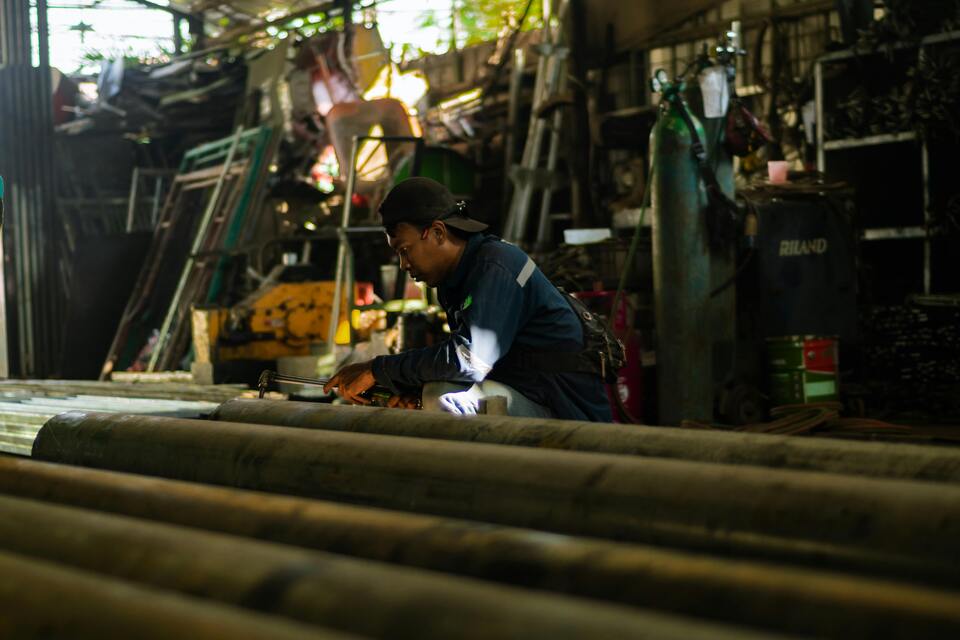
How to Get Out Air Bubbles in a Screen Protector?
By following these guidelines, you can ensure a smooth, bubble-free screen protector application, keeping your device safe and looking great.

Toyota Hilux Navigation GPS Tempered Glass
Our Hilux Navigation Screen Protector offers superior protection for your GPS display.

How Much Is Phone Screen Repair?
Understanding these aspects can help you make informed decisions about phone screen repairs, ensuring you get the best value for your money.

How to Repair Phone Charging Port
This guide provides a comprehensive approach to fixing charging port issues.
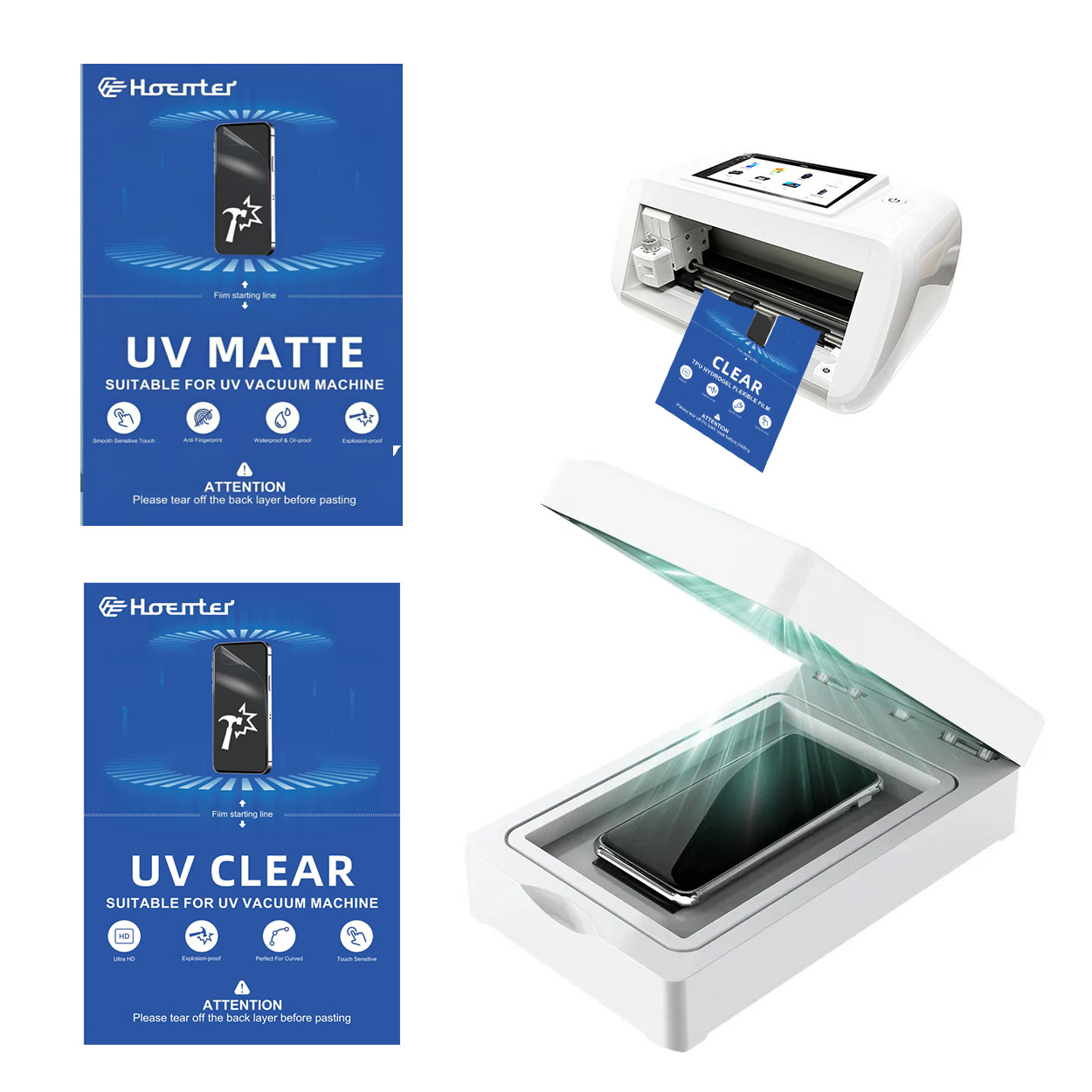
UV Screen Protector
In summary, while tempered glass provides basic protection, UV screen protectors excel in delivering comprehensive eye safety, superior clarity, self-healing properties, and a sleek design. Choose a UV screen protector for the ultimate protection that enhances your device and your viewing experience!
Tags
Find All knowledge and trends from our blog, get the wholesale price and best quality from our factory.

What Film Cutting Machine and Its Application
Film cutting machines have played a crucial role in the evolution of filmmaking and various industrial processes by enabling precise cutting and splicing of film materials.

What Is a Screen Protector Cutting Machine?
A screen protector cutting machine is a specialized device designed to produce custom-fit screen protectors for various electronic devices, including smartphones, tablets, smartwatches, laptops, and monitors.

How Mobile Phone Screen Protector Cutting Machine Work?
A mobile phone screen protector cutting machine is a sophisticated device designed
to produce customized screen protectors for various digital devices with high preci
sion and efficiency.

Characteristics of Mobile Phone Tempered Glass and Mobile Phone TPU Screen Protector
Thermoplastic polyurethane (TPU) screen protectors are flexible, durable, and
self-healing plastic films designed to protect electronic device screens from
scratches, impacts, and other potential damages.

Revolutionize Device Protection with Screen Guard Cutting Machine
Whether you possess a smartphone, tablet, or smartwatch, this versatile machine accommodates a vast array of devices. It seamlessly adapts to the dimensions of your gadget, offering a custom fit that generic protectors can’t match.

Screen Protector Lifetime Warranty
A screen protector lifetime warranty is a guarantee provided by manufacturers that
promises to repair or replace a screen protector for the lifetime of the product, under specific terms and conditions.

